According to Paddy Lowe, the Chief Technical Officer at Williams Martini Racing, the rate of development of Formula 1 surpasses the one in other major industries. Likewise, it has assisted in developing advances in electric motoring.
F1 technology has had a huge contribution to some major advances in road car development. One such example are the advances in hybrid power which were first introduced in F1 a decade ago.
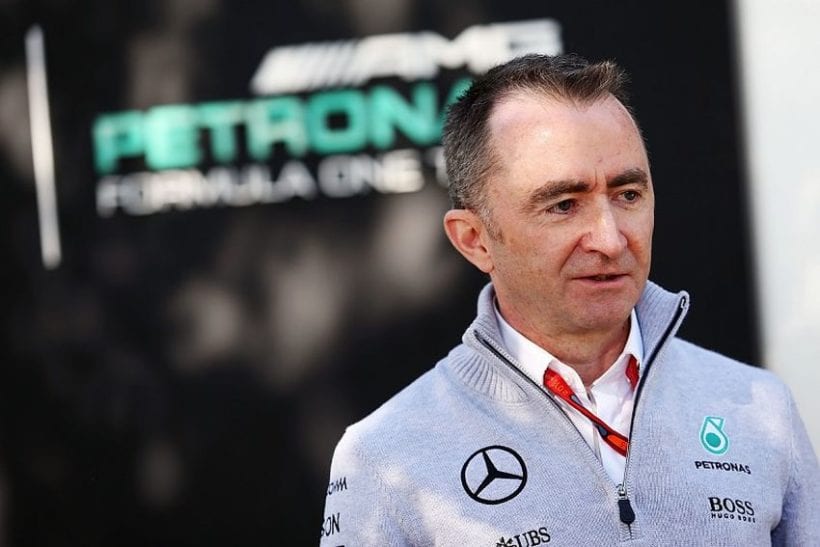
Paddy Lowe also shared: “If you look at lithium ion batteries, when we did KERS for 2009, when we started that in 2007 there was no way it was going to be an electrical solution. It wasn’t even in the game. It was going to be flywheel. The thing was power density at the time, that was the limit, not energy from the battery. And we delivered power density 100 times what had been expected. And that’s, in my view, the reason why nowadays we have Teslas. These cars that are out on the road need power density from the battery and that came from Formula 1.”
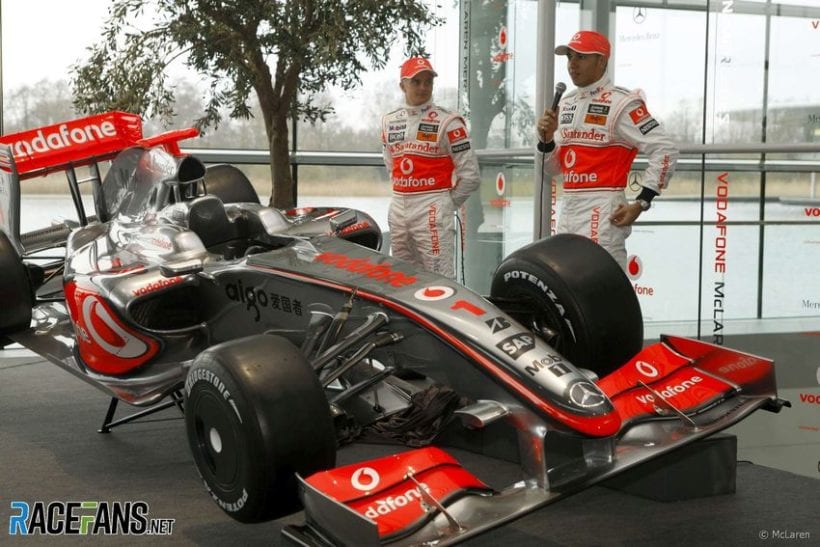
When Paddy Lowe became part of the team, the F1 team’s budgets have seen a substantial raise which has also increased the level of technological development. As stated by Lowe, as the teams are better funded, they are more professional than ever. However, the issue of distribution and funding across the grid still remains.
Nevertheless, there is a huge difference in teams when it comes to funding. In fact, even the most poorly-funded team now is better funded than several years ago. The result is the continuous growth of the sport, which keeps growing both technically and commercially.
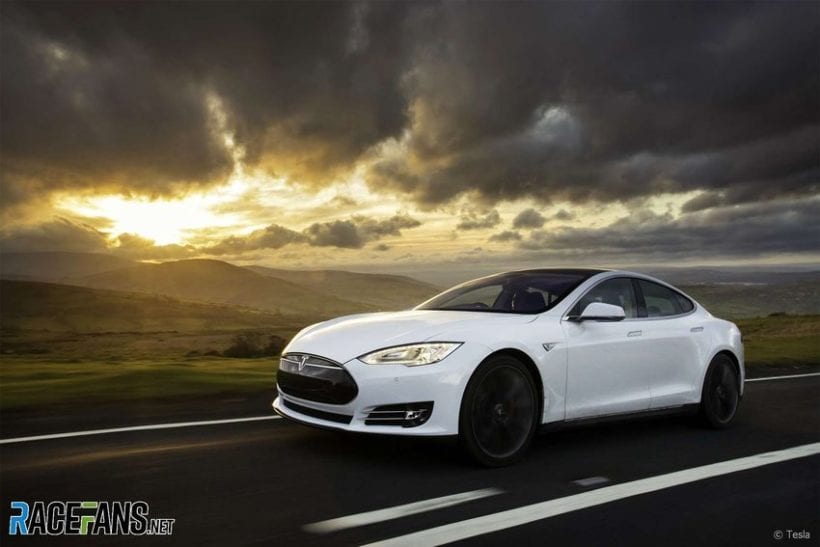
When he started working for F1, Lowe assisted in the developed cars, including the ground-breaking active suspension FW14B. Lowe claims that the team’s development capacity was much simpler and unrefined than today. What they could do to the cars was only limited by their imagination and ability. However, the job couldn’t be delivered as they didn’t have a great capability.
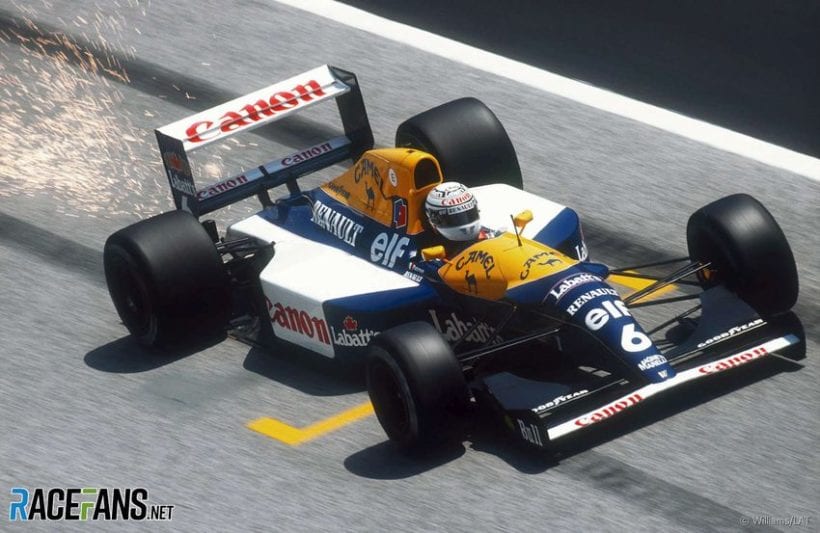
Nowadays, this is completely different. In fact, the team can deliver something of technical excellence within days. Formula 1 managed to be an example to other industries of cutting-edge technological development. In the past, F1 was behind other industries, such as aircraft and aerospace industry. Now, it’s the opposite in many respects. These industries now see F1 as an example of fast delivery and sophistication.
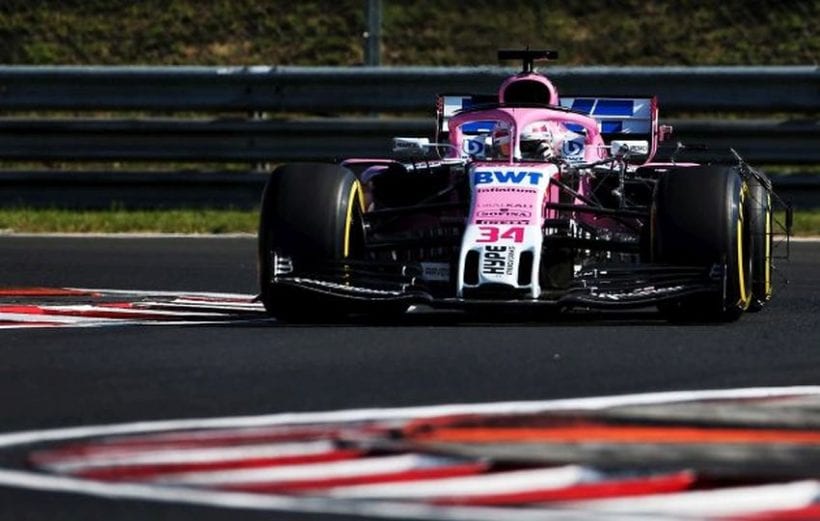
Formula 1 enjoys a very strong competitive drive. They are funded and motivated to win. F1 gets things done, so anything you give them, expect it to be done.




